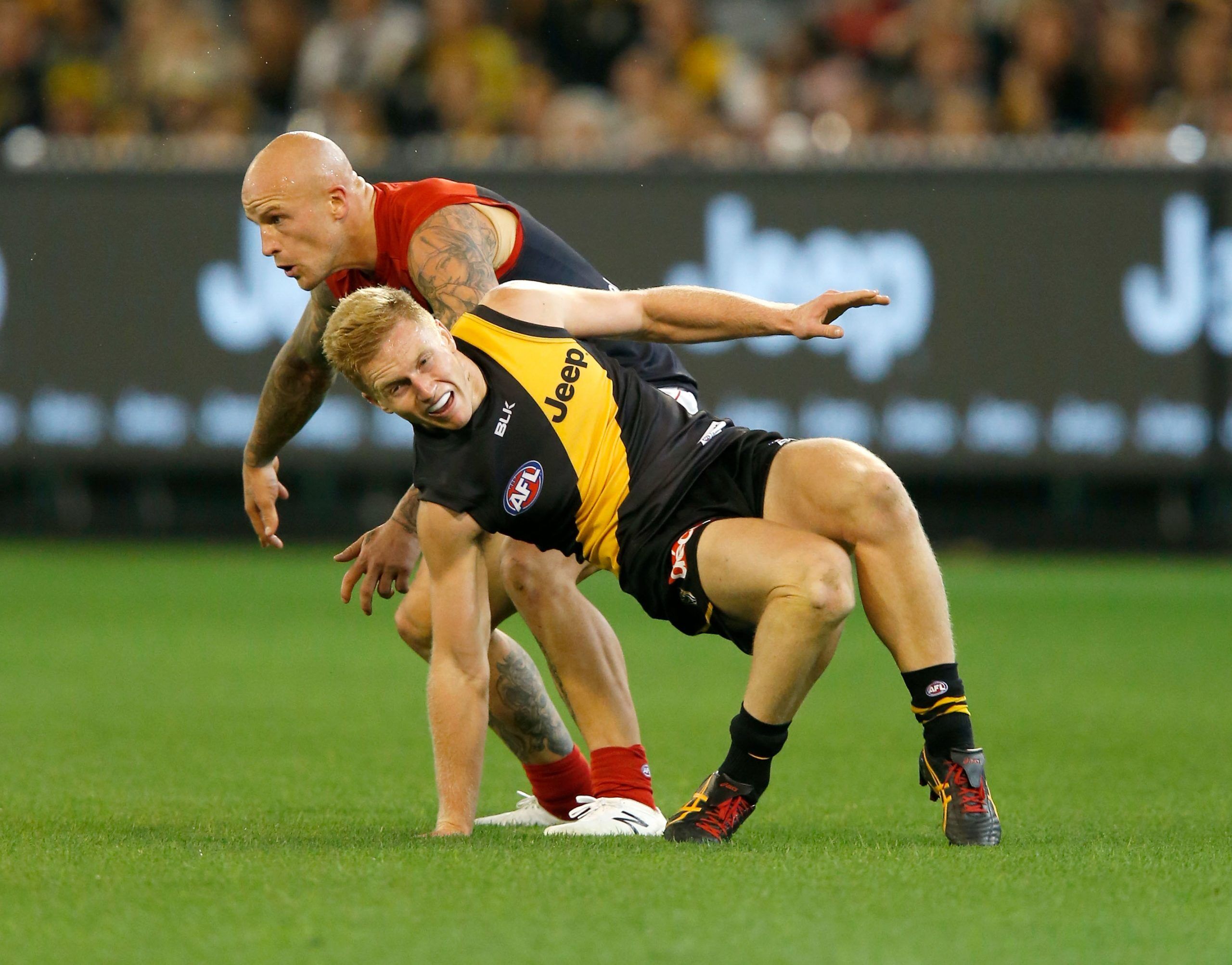What is the ACL?
The ACL stands for anterior cruciate ligament. It’s role is to prevent the shin bone from gliding forwards and rotating too much. Therefore this ligament is vital to giving the knee stability.
How is the ACL ruptured or injured?
The ACL is commonly torn when the knee goes inwards in a slightly bent position. This is often seen when changing direction and the foot remains planted, while the knee continues to move. Another common way is hyper-extension of the knee.
What are the signs and symptoms of an ACL Injury?
– Pop or crack heard in the knee
– Giving way of the knee at the time and afterwards
– Pain with weight bearing
– Loss of knee movement
What to do next?
The first step is to examine the knee further with an MRI scan. This will help determine if any other soft tissue structures are injured such as the MCL or meniscus. The patient will then follow-up with a Physiotherapist at Set in Motion Physiotherapy, and then consult an Orthopaedic Surgeon who will examine the knee and the images to discuss a surgical or non-surgical plan.

